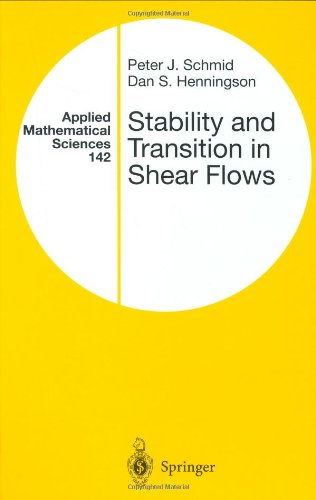

Most ebook files are in PDF format, so you can easily read them using various software such as Foxit Reader or directly on the Google Chrome browser.
Some ebook files are released by publishers in other formats such as .awz, .mobi, .epub, .fb2, etc. You may need to install specific software to read these formats on mobile/PC, such as Calibre.
Please read the tutorial at this link: https://ebookbell.com/faq
We offer FREE conversion to the popular formats you request; however, this may take some time. Therefore, right after payment, please email us, and we will try to provide the service as quickly as possible.
For some exceptional file formats or broken links (if any), please refrain from opening any disputes. Instead, email us first, and we will try to assist within a maximum of 6 hours.
EbookBell Team

4.3
88 reviewsThe field of hydrodynamic stability has a long history, going back to Rey nolds and Lord Rayleigh in the late 19th century. Because of its central role in many research efforts involving fluid flow, stability theory has grown into a mature discipline, firmly based on a large body of knowledge and a vast body of literature. The sheer size of this field has made it difficult for young researchers to access this exciting area of fluid dynamics. For this reason, writing a book on the subject of hydrodynamic stability theory and transition is a daunting endeavor, especially as any book on stability theory will have to follow into the footsteps of the classical treatises by Lin (1955), Betchov & Criminale (1967), Joseph (1971), and Drazin & Reid (1981). Each of these books has marked an important development in stability theory and has laid the foundation for many researchers to advance our understanding of stability and transition in shear flows.